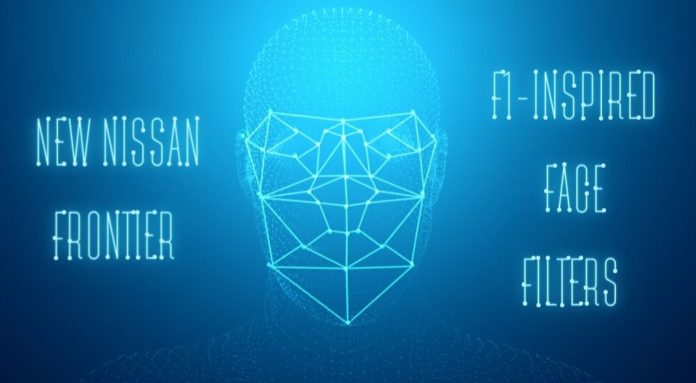Drivers deciding between the 2022 Nissan Frontier vs 2022 Toyota Tacoma will have a new factor to consider as the two automakers race to cater to an emerging market for Formula 1-inspired features. For much of its history, Formula 1 (F1) racing’s popularity in the US has taken a backseat to more established leagues like NASCAR and the IndyCar series. That’s changed in recent years as younger viewers gravitate towards F1 in numbers never before seen in the world of motorsports. Formula 1 has seen a 47 percent increase in viewership since 2018, with over 1.5 million US viewers tuning in during the 2022 season alone.
The league’s growing popularity has been spurred on by multiple factors, with two being the most influential. One is the success of narrative-heavy coverage like Netflix’s “Formula 1: Drive to Survive” documentary series, and the second being the fresh-faced, almost modelesque drivers who dominate the sport. The first has helped Americans understand some of the subtleties of the popular international racing series, while the latter is pure eye candy.
Now automakers are racing to capitalize on F1’s rising stock with new features on popular models like the Nissan Frontier. While the midsize pickup might be about the furthest you can get from the souped-up supercars that call the F1 circuit home, that hasn’t stopped Nissan from packing the truck with an impressive slate of F1-inspired features aimed at capturing the glitz, glamor, and tactical precision of the high-octane sport.
The centerpiece of Nissan’s approach is a new rearview mirror that uses augmented reality to bless drivers with the iconic features of some of their favorite F1 playboys. The Synthetic Telepresence Ugliness Diminisher (STUD) mirror operates on the same principle as the new breed of rearview mirrors that, instead of using old-fashioned mirrored glass to reflect the image, displays a live camera feed instead. This allows the STUD mirror to digitally alter the image seen in the rearview mirror, enhancing it with flattering facial features ripped straight from the well-moisturized faces of some of the sport’s brightest stars.
The facial filtering technology, which will be well-familiar to any users of popular apps like TikTok, Snapchat, and Instagram, will let drivers take a whole new look for a spin by gracing them with the thick, sensual eyebrows of racing wunderkind Charles Leclerc, the pouty, full lips of Spain’s Carlos Sainz Jr., razor-sharp cheekbones of Pierre Gasly, seemingly poreless skin of Yuki Tsunoda, piercing brown eyes of Lewis Hamilton, and the devilish smile of affable Aussie Daniel Ricciardo. Less popular options allow drivers to experience what it would be like to sport Gasly’s ears, the patchy beard of Max Verstappen, Valtteri Bottas’ goatee, or Fernando Alonso’s creepy wrinkles. Due to safety concerns, the feature will only be active when the vehicle is firmly in park to prevent any self-admiration-induced accidents.
Beyond the facial-altering features, the new Nissan will also include a nod to the F1 team’s principals with a dashboard infotainment system designed to reflect their unique personalities. For the uninitiated, these principles essentially serve as a team’s manager or coach, overseeing the race and all race-related activities. Requiring experience in everything from engineering and auto racing to public relations and interpersonal dynamics, the job tends to draw, shall we say, a certain type.
Boiling down these larger-than-life figures into digital form has netted some interesting results. For example, drivers can opt to have their infotainment system controlled by a binary simulacrum of Mercedes team principal Toto Wolff. The former racer and famously curt Austrian can give GPS directions with harsh German efficiency, though engineers are still working out a couple of issues. The Wolff-inspired app also has the propensity to automatically schedule additional lifting sessions when it detects a weak grip on the steering wheel and has been known to make less-confident drivers break down in tears for disappointing the Austrian avatar.
Taking a page from the book of Red Bull team principal Christian Horner, the system can also provide excellent instruction and encouragement to younger, up-and-coming drivers. There are some bugs to address, as it gives the driver unsolicited compliments on their appearance and has the tendency to automatically populate playlists with a glut of Spice Girls tracks to maximize royalties for Horner’s real-life spouse, Geri Halliwell.
Frontier models equipped with the F1-inspired tech will also include a novel racing feature that rewards drivers for beating their time on popular routes like their morning commute, grocery run, and after-school pickup. The pickup maintains an in-vehicle leaderboard, and when a new record is set, the windshield wipers will dispense the same Trentodoc Blanc de Blanc champagne that can be found sprayed across every F1 podium.












